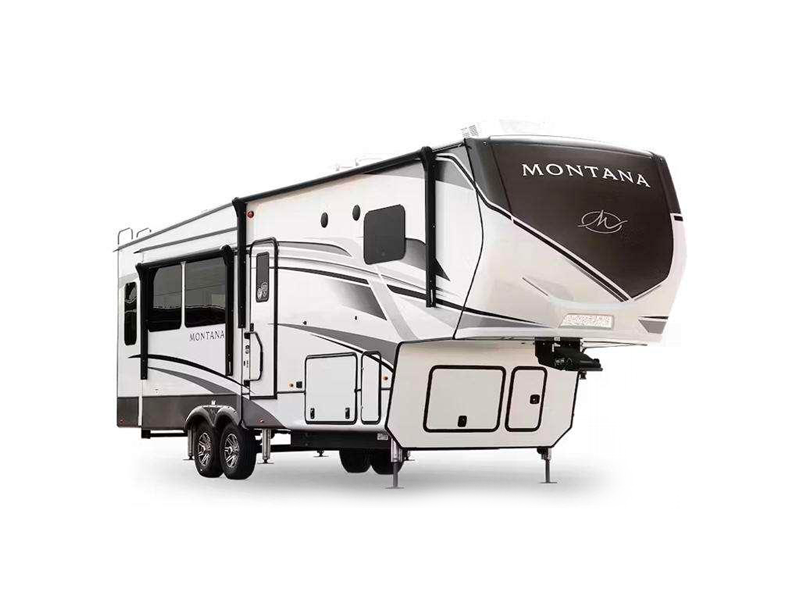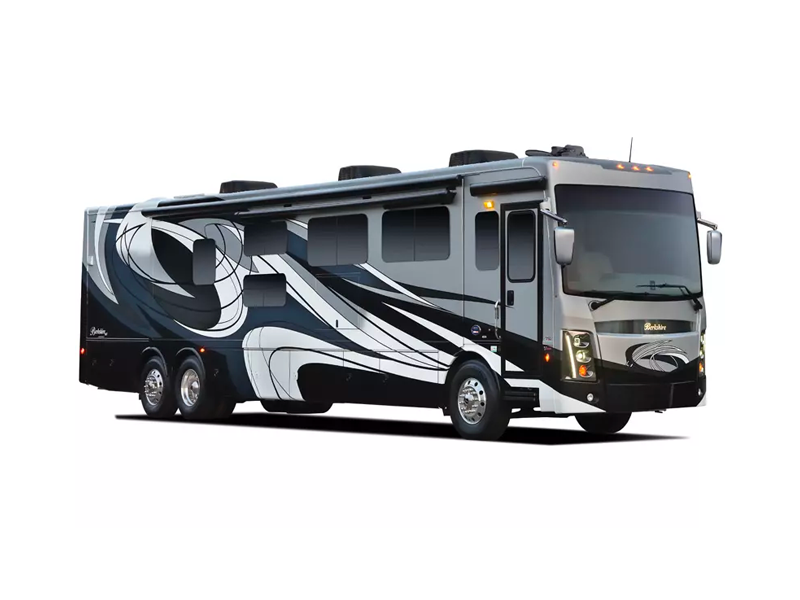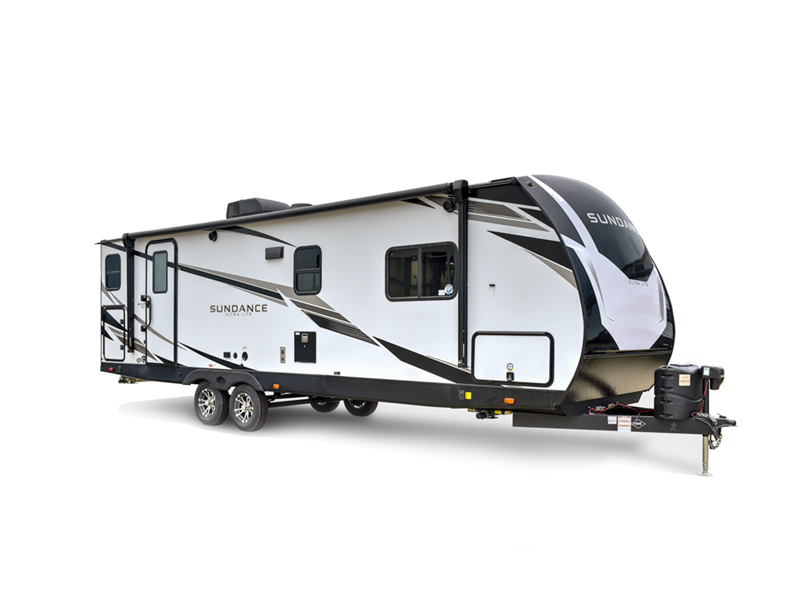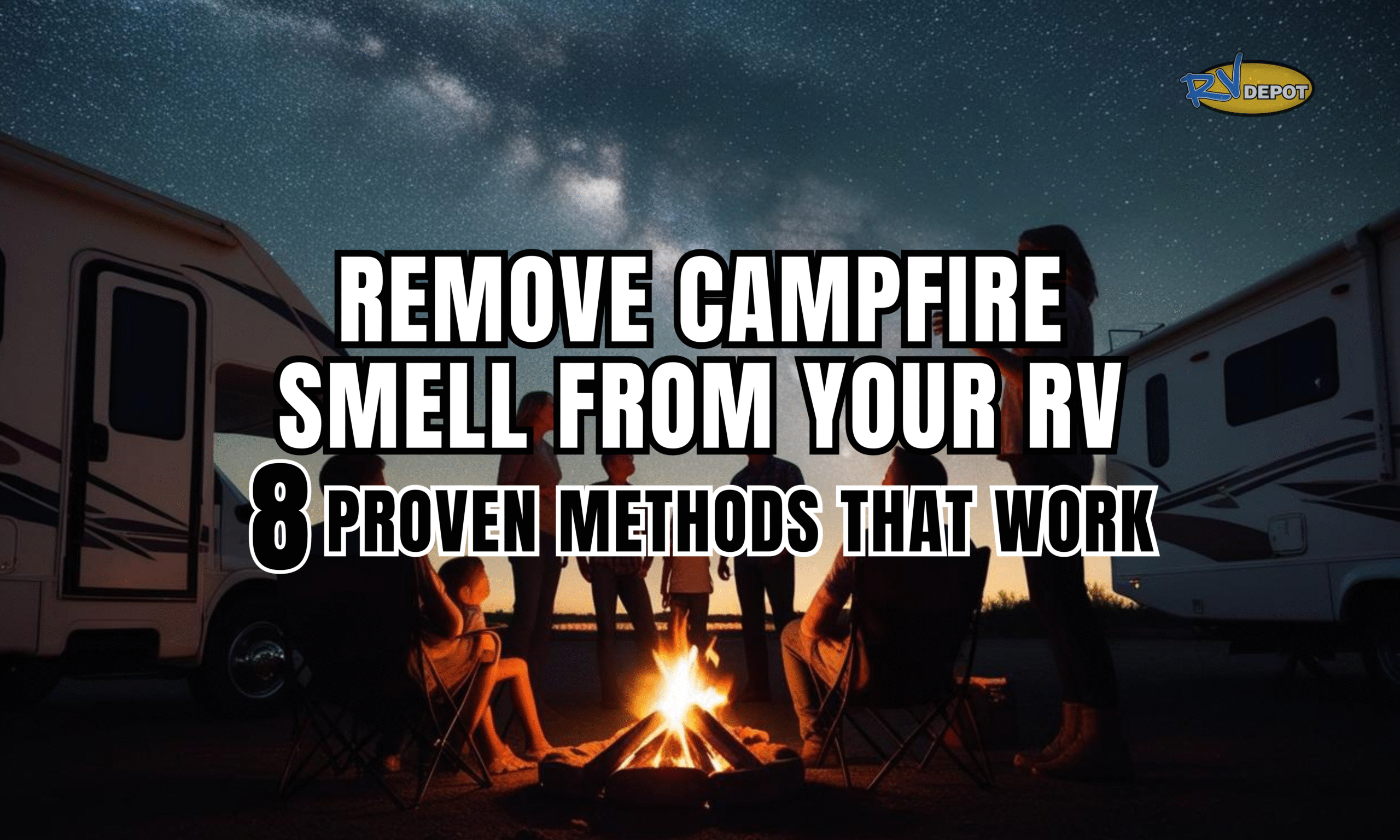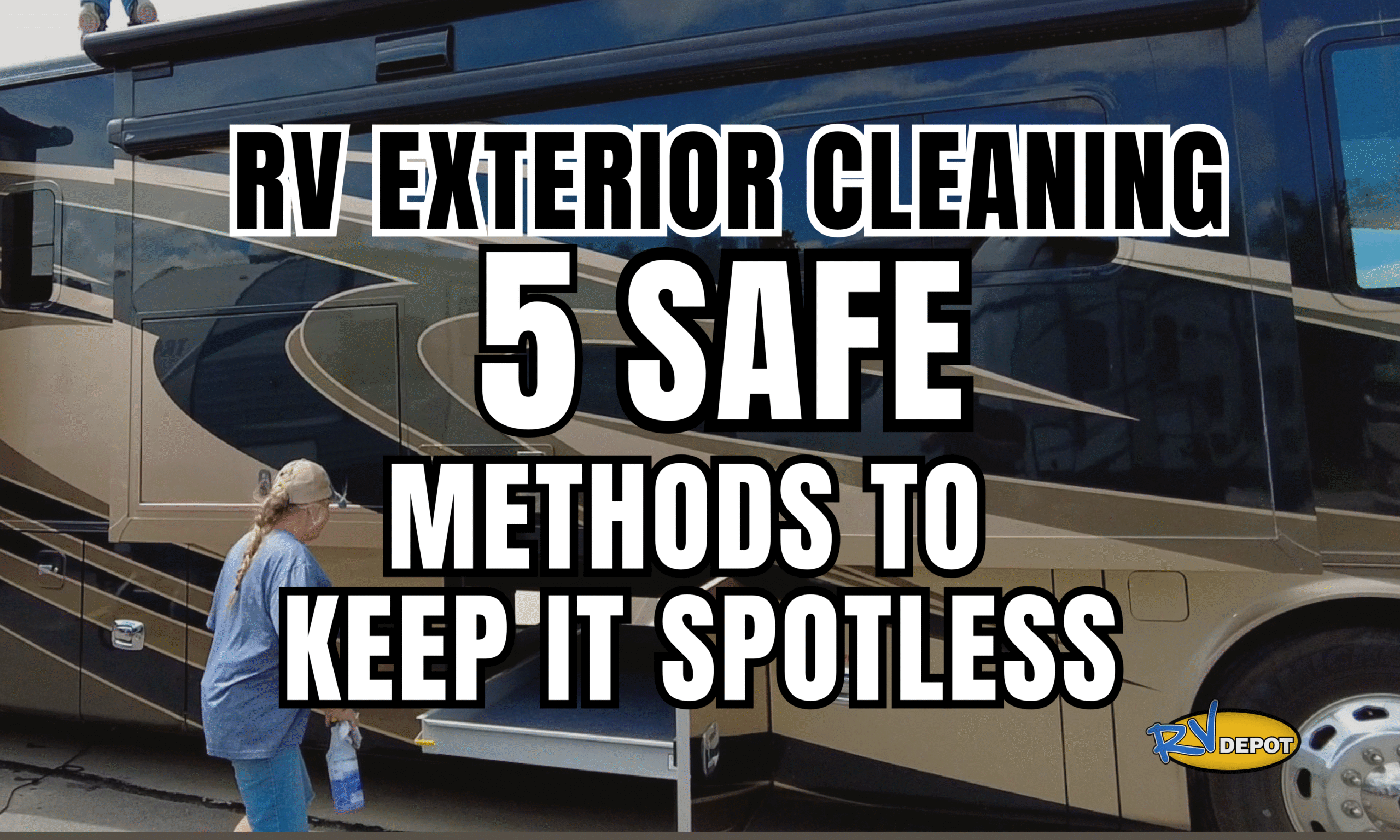Nothing beats the cozy ambiance of a campfire during RV adventures—until that smoky smell follows you inside and refuses to leave. You’ve closed the windows, changed clothes, and hoped the campfire smell would fade naturally, but days later your RV still smells like you’re sitting around the fire pit. The lingering campfire smell not only affects your comfort but can also impact your RV’s resale value if left untreated.
Campfire smoke contains hundreds of chemical compounds that easily penetrate fabrics, upholstery, and porous surfaces throughout your RV, creating persistent campfire smell that’s difficult to eliminate. Unlike outdoor spaces where smoke dissipates naturally, RV interiors trap these odors in confined spaces with limited air circulation. The campfire smell challenge becomes more complex when you consider that RVs contain multiple fabric surfaces, carpeting, bedding, and upholstery that act like sponges for smoke particles.
The good news is that with the right approach and techniques, you can completely eliminate campfire smell from your RV interior. Success in removing campfire smell depends on understanding how smoke odors work, using the proper methods in the correct sequence, and being thorough in your approach. Half-hearted attempts often fail because they address symptoms rather than the root cause of campfire smell penetration.
The key is understanding that effective campfire smell removal involves multiple complementary methods working together, not just a single quick fix. Whether you’re dealing with recent smoke exposure or persistent campfire smell from past outings, this guide provides the comprehensive strategies you need to restore fresh, clean air to your RV interior.
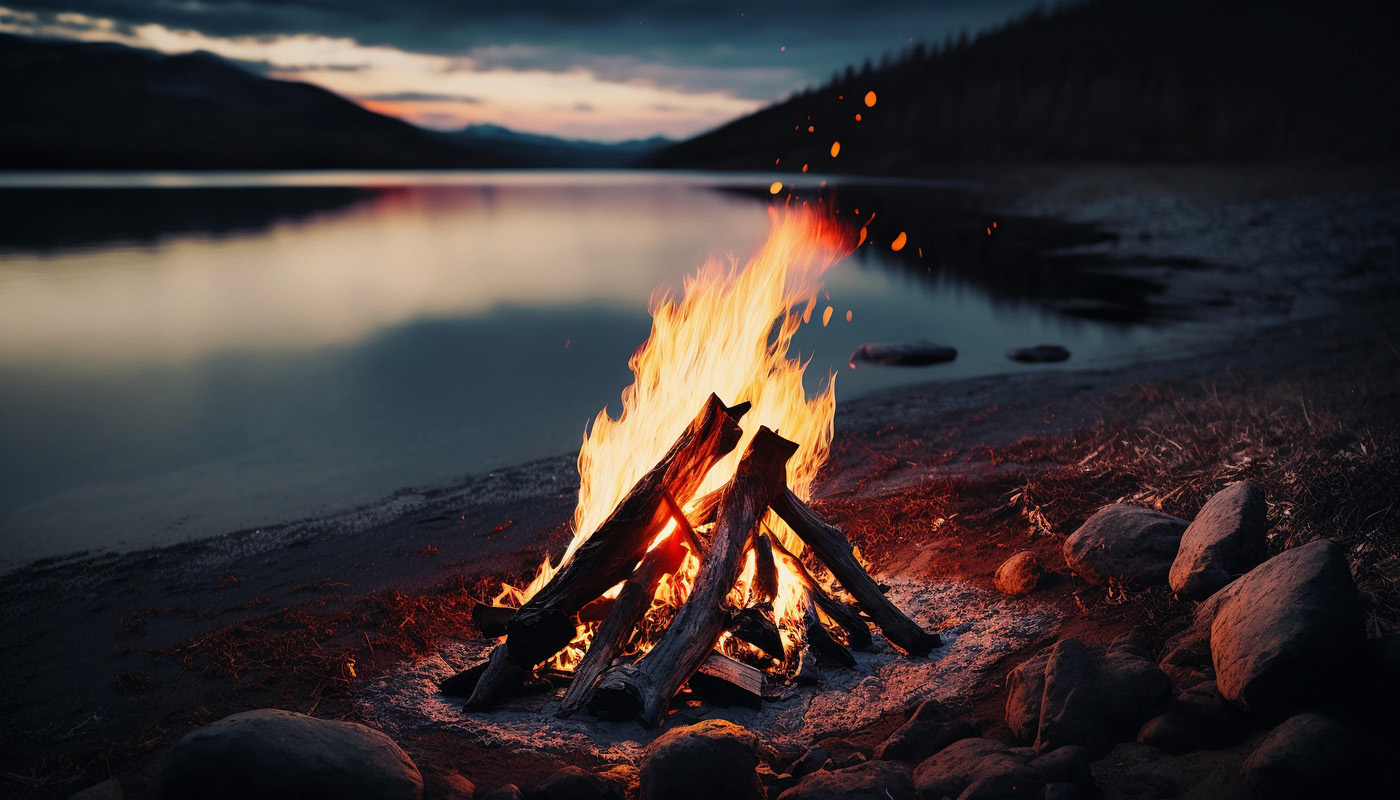
Understanding Campfire Odor in RV Environments
How Smoke Penetrates RV Interiors
Campfire smoke doesn’t just settle on surfaces—it actively penetrates materials through microscopic pores and fibers. RV interiors present unique challenges because synthetic materials commonly used in RV construction can trap odors more effectively than natural materials found in traditional homes.
Smoke Penetration Factors:
| Material Type | Penetration Level | Difficulty to Remove |
|---|---|---|
| Fabric upholstery | High | Moderate to High |
| Carpet and rugs | Very High | High |
| Wood surfaces | Medium | Moderate |
| Vinyl/plastic | Low | Easy |
| Leather | Medium | Moderate |
| Bedding/curtains | Very High | Moderate |
The Science of Odor Retention: Smoke particles are incredibly small—often less than 0.1 microns—allowing them to penetrate deeply into porous materials. Once embedded, these particles continue releasing odor compounds over time, which explains why campfire smells can persist for weeks or months without proper treatment.
RV-Specific Challenges: RVs present unique odor challenges due to their construction and ventilation systems. Unlike homes with extensive HVAC systems and natural air circulation, RVs rely on smaller fans and limited ventilation that may not effectively remove smoke particles from all interior spaces.
Immediate vs. Long-Term Odor Issues
Understanding the difference between immediate smoke exposure and long-term odor penetration helps determine the appropriate removal strategy and expected timeline for success.
Immediate Smoke Exposure (0-24 hours): Fresh smoke exposure is easier to address because particles haven’t had time to penetrate deeply into materials. Quick action can prevent permanent odor embedding and reduce the intensity of cleaning required.
Long-Term Odor Penetration (24+ hours): Smoke particles that have had time to penetrate materials require more intensive treatment methods. The longer odors remain untreated, the more difficult they become to eliminate completely.
Factors Affecting Odor Intensity:
- Duration of smoke exposure
- Humidity levels during and after exposure
- Air circulation during smoking period
- Types of materials burned in campfire
- RV ventilation system effectiveness
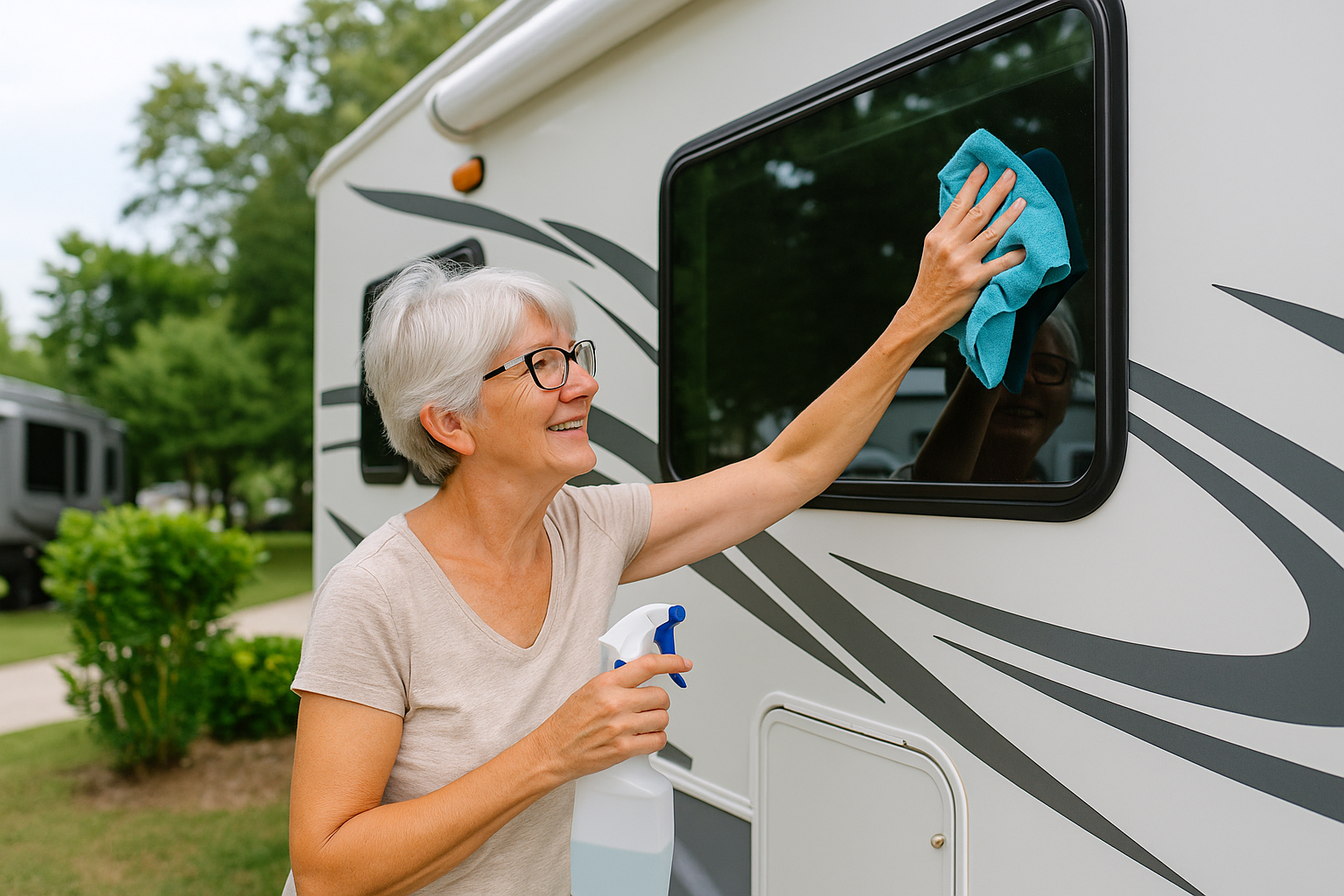
Comprehensive Odor Elimination Strategy
Phase 1: Immediate Ventilation and Air Circulation
The first step in removing campfire smell from your RV involves maximizing air circulation to begin displacing smoke-laden air with fresh air from outside. This process should begin immediately upon noticing the odor, as quick action prevents deeper penetration into materials.
Ventilation Process:
| Step | Action | Duration | Equipment Needed |
|---|---|---|---|
| 1 | Open all windows and doors | 30+ minutes | None |
| 2 | Activate all roof vents | Continuous | Roof vent fans |
| 3 | Set up cross-ventilation | 2-4 hours | Portable fans |
| 4 | Create air pressure differential | 1-2 hours | Multiple fans |
Optimizing Air Movement: Position fans strategically to create airflow patterns that move contaminated air out while drawing fresh air in. Place exhaust fans near windows and doors on the downwind side of your RV, while positioning intake fans on the upwind side to create positive pressure that forces stale air out.
Weather Considerations: Ideal conditions for ventilation include low humidity, moderate temperatures, and steady breezes. High humidity can actually make odors more pronounced by providing moisture that helps odor particles adhere to surfaces.
Phase 2: Deep Cleaning and Surface Treatment
Once initial ventilation has begun displacing contaminated air, focus shifts to removing smoke particles that have settled on surfaces throughout your RV. This phase requires systematic cleaning of all interior surfaces, starting with the most contaminated areas.
Surface Cleaning Priority:
High-Priority Surfaces:
- Fabric upholstery and cushions
- Carpets and area rugs
- Curtains and window treatments
- Bedding and pillows
Medium-Priority Surfaces:
- Hard surfaces (countertops, tables)
- Cabinet fronts and doors
- Walls and ceiling panels
- Light fixtures and fans
Low-Priority Surfaces:
- Glass surfaces and mirrors
- Metal hardware and fixtures
- Sealed storage areas
- Exterior surfaces
Cleaning Solutions for Different Materials:
| Surface Type | Recommended Cleaner | Application Method |
|---|---|---|
| Fabric upholstery | Enzyme-based cleaner | Spray and extraction |
| Carpets | Carpet shampoo | Steam cleaning |
| Hard surfaces | Vinegar solution | Wipe and rinse |
| Vinyl/plastic | Mild soap solution | Wipe and dry |
| Wood surfaces | Wood-safe cleaner | Apply and buff |
Phase 3: Odor Absorption and Neutralization to Remove Campfire Smell
After cleaning surfaces, deploy odor-absorbing materials throughout your RV to capture remaining smoke particles and neutralize odor compounds. This phase works continuously over several days to address odors that cleaning alone cannot eliminate.
Odor Absorption Methods:
Baking Soda Applications: Sprinkle baking soda generously on carpets, upholstery, and mattresses. Allow it to sit for 24-48 hours before vacuuming. The extended contact time allows baking soda to absorb odor molecules embedded in fibers.
Activated Charcoal Placement: Place activated charcoal in open containers throughout your RV, focusing on areas with poor air circulation. Charcoal’s porous structure traps odor molecules effectively, and it can be reactivated by heating in a low oven.
Coffee Grounds Strategy: Fresh coffee grounds provide immediate odor masking while absorbing some smoke particles. Use this method for quick improvement while other absorption methods work over longer periods.
White Vinegar Bowls: Place bowls of white vinegar in cabinets and closed spaces. Vinegar neutralizes alkaline odor compounds found in smoke, making it particularly effective for campfire smell removal.

Advanced Odor Elimination Techniques
Professional-Grade Methods
When basic cleaning and absorption methods prove insufficient, professional-grade techniques can eliminate stubborn odors that resist conventional treatment.
Ozone Treatment: Ozone generators produce ozone gas that breaks down odor molecules at the molecular level. This method is highly effective but requires careful handling and RV evacuation during treatment.
Ozone Treatment Protocol:
| Phase | Duration | Safety Requirements |
|---|---|---|
| Preparation | 1 hour | Remove all living things |
| Treatment | 2-4 hours | Sealed RV, no occupancy |
| Ventilation | 2-4 hours | Complete air exchange |
| Safety check | 30 minutes | Ozone level testing |
Thermal Fogging: Professional thermal fogging uses heated deodorizing agents that penetrate materials more effectively than cold applications. This method requires specialized equipment but provides superior results for severe odor problems.
Enzyme Treatment: Enzyme-based cleaners break down organic compounds that cause odors, providing long-lasting elimination rather than temporary masking. These products work particularly well on protein-based odors from smoke.
HVAC System Decontamination
RV heating and air conditioning systems can harbor smoke particles that continuously recontaminate interior air. Addressing HVAC contamination is essential for complete odor elimination.
HVAC Cleaning Process:
- Replace all air filters with new ones
- Clean intake and exhaust vents thoroughly
- Sanitize ductwork with antimicrobial solution
- Clean fan blades and motor housings
- Test system operation after cleaning
Filter Upgrade Considerations: High-efficiency particulate air (HEPA) filters can capture smoke particles more effectively than standard filters. However, ensure your RV’s system can handle the increased resistance without reducing airflow.

Prevention Strategies for Future Camping
Campfire Management Techniques
Preventing smoke infiltration during future camping trips requires strategic campfire management and RV positioning that minimizes exposure while maintaining outdoor enjoyment.
Wind Direction Awareness: Position your RV upwind from fire pits when possible, and monitor wind direction changes throughout the evening. Close windows and vents on the downwind side when wind shifts threaten to blow smoke toward your RV.
Campfire Fuel Selection: Well-seasoned hardwoods produce less smoke than softwoods or green wood. Avoid burning treated lumber, painted wood, or materials that create toxic smoke that’s more difficult to eliminate from RV interiors.
Strategic Positioning:
| Wind Condition | RV Position | Ventilation Strategy |
|---|---|---|
| Steady wind | Upwind from fire | Downwind vents closed |
| Variable wind | Maximum distance | All vents adjustable |
| Calm conditions | Any position | Continuous air circulation |
RV Ventilation Optimization
Optimizing your RV’s ventilation system prevents smoke accumulation while maintaining comfort during outdoor activities.
Ventilation System Upgrades:
- Install higher-capacity exhaust fans
- Add intake vents for better air circulation
- Upgrade to variable-speed fan controls
- Consider air purification systems
Operational Strategies:
- Create slight positive pressure inside RV
- Use fans to direct airflow patterns
- Monitor and adjust ventilation based on conditions
- Maintain equipment for optimal performance
Protective Measures
Implementing protective measures during camping reduces the likelihood of smoke contamination while maintaining outdoor enjoyment.
Clothing and Personal Items:
- Change clothes before entering RV
- Store smoky clothing in sealed bags
- Use outdoor storage for heavily contaminated items
- Shower before retiring to RV interior
Interior Protection:
- Close interior doors to bedrooms and bathrooms
- Use air purifiers during heavy smoke periods
- Keep windows closed on downwind side
- Cover upholstery during smoky conditions
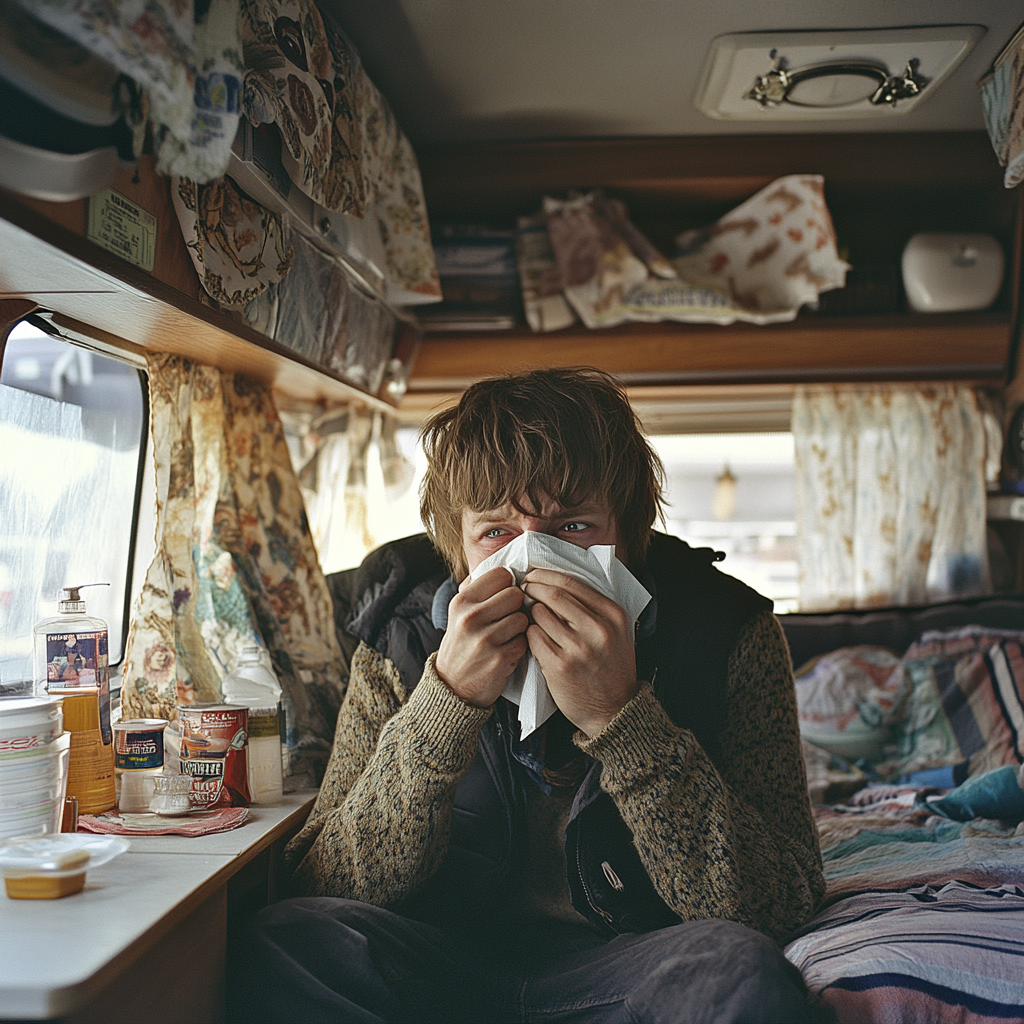
Maintaining Odor-Free RV Environment
Regular Maintenance Practices
Preventing odor accumulation requires ongoing attention to RV cleanliness and air quality management.
Weekly Maintenance:
- Vacuum all fabric surfaces thoroughly
- Wipe down hard surfaces with appropriate cleaners
- Check and clean ventilation system filters
- Monitor and address any emerging odors immediately
Monthly Deep Cleaning:
- Shampoo carpets and upholstery
- Wash all removable fabric items
- Clean and sanitize HVAC system components
- Inspect and clean areas prone to odor retention
Seasonal Preparation:
- Store RV with odor-absorbing materials
- Ensure complete ventilation before storage
- Address any odor issues before extended storage periods
- Prepare ventilation systems for seasonal use
Air Quality Management
Maintaining excellent air quality prevents odor problems and creates a more comfortable RV environment.
Air Purification Systems: Modern air purifiers designed for RV use can continuously filter air and remove particles that cause odors. Look for units with HEPA filtration and activated carbon stages for comprehensive odor control.
Humidity Control: Maintaining appropriate humidity levels (30-50%) prevents conditions that promote odor retention while maintaining comfort. Use dehumidifiers or humidifiers as needed based on climate conditions.
Ventilation Scheduling: Develop ventilation routines that ensure regular air exchange throughout your RV. This might include running exhaust fans for specific periods daily or opening windows during favorable weather conditions.

RV Depot’s Odor Elimination Support
Professional Installation and Service
At RV Depot, we understand that tackling persistent campfire smell and other odors sometimes requires more than just cleaning supplies and good intentions. While many campfire smell elimination methods can be handled as DIY projects, certain upgrades and treatments work best when installed or performed by experienced professionals who understand RV systems and ventilation requirements.
When Professional Installation Makes Sense:
- Air purification system integration with existing HVAC
- Ventilation fan upgrades requiring electrical work
- HVAC system decontamination and deep cleaning
- Ozone treatment requiring specialized equipment and safety protocols
Equipment and Supplies: We stock professional-grade cleaning supplies, air purification systems, and odor elimination products specifically designed for RV applications. Our staff can recommend products based on your specific situation and provide guidance on proper application techniques.
Service Center Expertise
If you want help installing any of these upgrades or need professional odor elimination services, give our service center a call. Our certified technicians have experience with various RV models and ventilation systems, ensuring that upgrades are installed correctly and function as intended.
📍 Visit: 4319 N. Main St, Cleburne, TX 76033 📱 Call or text: (817) 678-5133 💻 Browse Inventory: rvdepottx.com
Questions about full-time RV living? Join thousands of Texans who’ve discovered that home isn’t a place—it’s wherever you park it. Full-Time RV Living Community

